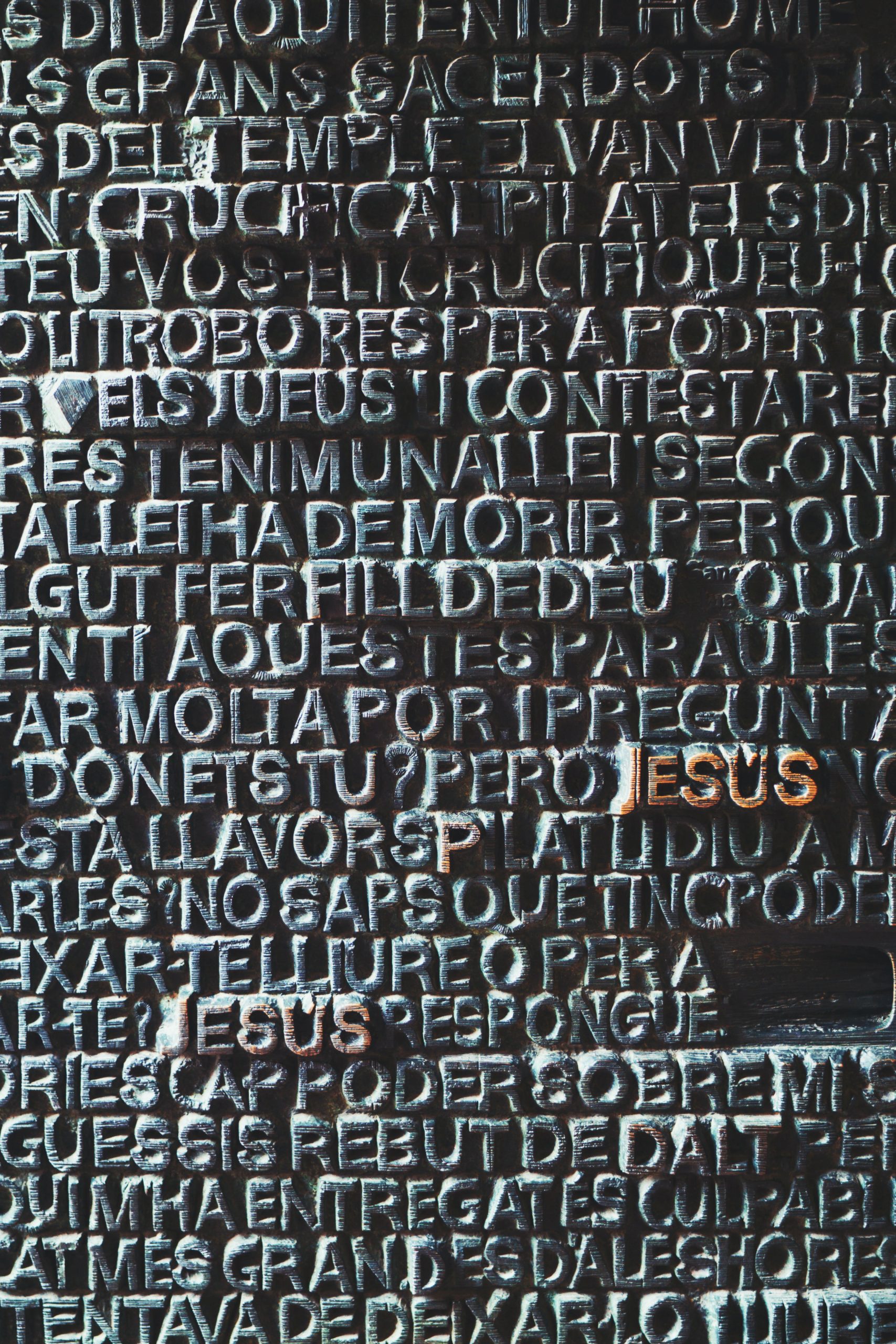Intentionality
Once we start paying close attention to repetition in the creation account things get really interesting. For example, if we count how often certain words and phrases are repeated in this narrative, we notice an intriguing pattern.
- The word “bird“ is repeated 7 times
- The word “day” is repeated 14 times
- The word “earth” is repeated 21 times
- The word “God” is repeated 35 times
- The phrase “And God said” occurs 7 times in combination with a command
- The phrase “And God saw that it was good” occurs 7 times (7th time: very good)
The whole thing becomes even more fascinating once we start to count words and letters in the Hebrew text. Note that there are:
- 7 (Hebrew) words in 1:1
- 28 (Hebrew) letters in 1:1
- 14 (Hebrew) words in 1:2
- 35 (Hebrew) words in 2:1-3
- 3 statements consisting of 7 (Hebrew) words each on the 7th day (2:2-3a)
That means not only is the entire account permeated with words and phrases that are repeated seven or a multiple of seven times; it is also framed by sections (1:1-2 and 2:1-3) containing a multiple of seven number of words (21 and 35). This focus on the number seven in an account about the creation of the world in seven days does not seem to be accidental, especially since this is not the only place in the Bible where such intentional repetition is found.
- In Genesis 12:1-9, for example, the words “Abram” and “land” appear seven times and there are also exactly seven names of places in this narrative.
- In Genesis 17 the word “covenant” is repeated thirteen times, six times before and six times after the seventh occurrence of the term in the phrase “sign of the covenant” in Verse 11.
- In Genesis 39 the name “Joseph” occurs eleven times and both the second as well as the second to last occurrence of the name is in the phrase “and the LORD was with Joseph” (39:2, 21).
- In the book of Exodus, the term “remember” occurs exactly seven times, three times before and three times after the fourth occurrence of the term in the fourth commandment (“Remember the Sabbath day”).
- The statement “I am the Lord your God who brought you out of the land of Egypt” occurs exactly seven times in the Pentateuch (five books of Moses).
- In Isaiah 58 the terms “fast” and “day” (in the Hebrew text) are repeated exactly seven times and the seventh time the word “day” occurs it refers to the Sabbath (58:13).
- In the book of Amos, the name “Jacob” is repeated six times and there is a clear pattern: both the first and the last (sixth) occurrence of the name is in the phrase “house of Jacob” (3:13, 9:8), while the second and fifth occurrence is in the phrase “pride of Jacob” (6:8, 8:7) and the third and fourth occurrence is in the phrase “Who will raise Jacob, as he is so small?” (7:2, 5).
Similar pattern are found in the New Testament.
- In Matthew 7:15-20, for example, the word “fruit” appears seven times and the first and last occurrence is in the phrase “you will know them by their fruits” (7:16, 20).
- The statement “These things I have spoken to you” occurs seven times in the Gospel of John.
- In the book of Revelation there are exactly seven blessings introduced by the phrase “Blessed is/are”.
And the list could go on and on and on. There are quite literally thousands of examples that could be given.
All of this suggests that the biblical authors wrote their texts with great intentionality. Apparently, they wanted to create texts whose form was just as important as their content, making them not just interesting but also beautiful. In fact, the more we study the biblical texts, the more we will realize just how beautiful they really are. The Bible as a whole as well as its individual books and passages are literary masterpieces in which every word is exactly at the right place and where every detail has significance.
Yet the form of a text is not an end in itself but always underscores its content and message. That means it is definitely worthwhile to pay attention to the form of biblical texts. Obviously, the full beauty of a text is only visible in the original language, since form is always lost (at least to a degree) in the process of translation. Nevertheless, much of the literary form/beauty can be seen even in translations if we read the Bible attentively and pay attention to such things as repetition.
Besides reading attentively and noting repeated words and phrases, it’s also helpful to ask questions. The best questions to ask are open questions like “when?”, “where?”, “what?”, “who?”, “why?” and “how?”. Where was the land of Cush? What does the name Nehemiah mean? How far is Capernaum from Jerusalem? When was Solomon alive? A good place to find answers to these kinds of questions is a Bible dictionary. Of course you can also just do an online search or use a Bible software program that contains one or more Bible dictionaries.
If the biblical texts were indeed written in a very intentional way and every detail is significant, there is one more really important question you should always ask when studying the Bible:
Why is it written the way it is written?
In other words: why did the author choose to say or tell it like this and not like that? Why is this particular detail mentioned? Why is this particular word or expression used? Why is this particular piece of information given at this particular point in the text? Keep asking these questions as you go through the text, even if the answer is not immediately apparent. The more you study a particular text and understand how it works, the more you’ll be able to answer these questions.
Exercises
- Read Genesis 11:10-26 and mark all repeated words and numbers. Do you notice any patterns? What evidence is there that this text was very carefully crafted?
- Read Matthew 15:29-39 and mark all repeated words. Then count how often the different words are repeated. Do you notice any patterns? Which three numbers occur most often? Where else in the narrative do these numbers play a role? (Note, for example, how many people groups are mentioned in verse 30 or in verse 38 or how many actions Jesus performs in verse 36, etc., etc.)
- Read the story of Zacchaeus in Luke 19:1-10 attentively several times. As you’re reading ask yourself: why is it written the way it’s written? Are any apparently unnecessary details mentioned? If so, why? What else do you notice?





